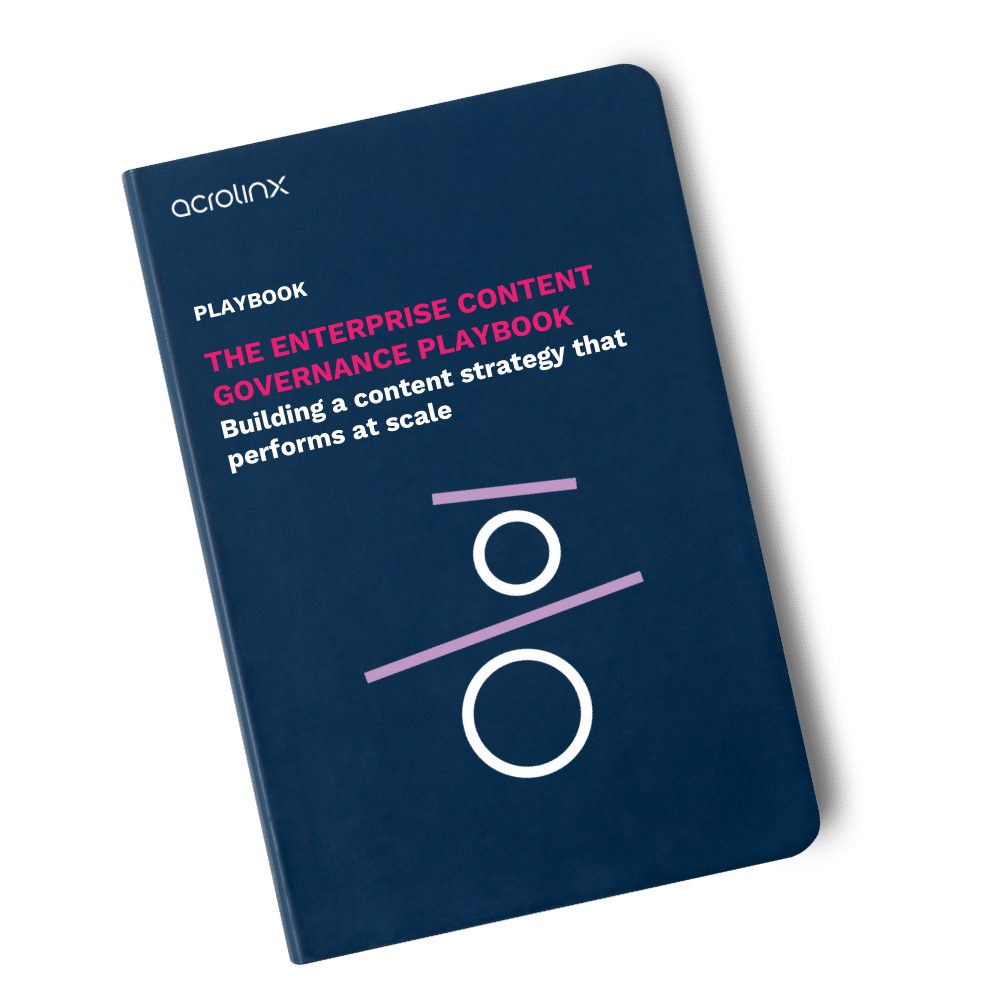Driving Efficiency in Customer Communication: Strategies for the UK Market

In a time of constant digital noise, effective communication isn’t just a nice-to-have — it’s a competitive advantage. Especially in the UK market, where diverse customer expectations meet increasingly complex regulatory demands, how you communicate shapes how you’re perceived. From timely updates to tailored messaging, getting your message across clearly, consistently, and efficiently is essential.
This article explores how businesses in the UK can improve customer communication by focusing on clarity, tone, and strategic consistency. You’ll discover the principles of efficient communication, practical communication strategies, and the technology that can support it — including how Acrolinx enables teams to safeguard communication quality at scale.
Why effective communication matters in the UK market
UK consumers value clarity and trust in their interactions with businesses. Whether you’re handling complaints, explaining a complex product, or sharing updates via email or SMS, poor communication leads to frustration, churn, and reputational damage. Effective communication, by contrast, builds stronger relationships, encourages activity, and supports better decision-making across your customer base.
In sectors such as finance, insurance, and healthcare where regulatory pressure is high and clarity is critical, strong communication skills are even more important. But even in less regulated sectors, the ability to communicate effectively has a direct impact on the customer experience.
Key principles of efficient communication
Efficient communication isn’t about saying less. The key to efficiency and effectiveness is to say the right things in the right way. It’s also not just the words you use, but how you use them.
Clarity
Clarity is the cornerstone. That means short, well-structured sentences, avoiding jargon unless necessary, and using a consistent tone that reflects your brand. Emotional intelligence and interpersonal skills also play a role, particularly in customer service contexts, where understanding and responding to someone’s emotional cues can defuse difficult conversations and foster mutual respect.
Consistency
Consistency is equally crucial. Your message should be coherent whether it appears in a chatbot, an email, a product manual, or a website. Maintaining the same terminology, tone, and level of formality across different formats and departments avoids confusion and creates a seamless experience for your customers.
Top communication strategies for modern businesses
To communicate effectively and efficiently, companies need more than templates and tone guides. They need a structured, intentional approach:
Be aware of your audience
Start with audience knowledge. Different communication styles work better for different audiences. For example, a Gen Z customer on TikTok likely expects a different type of language and tone than a B2B customer reading a technical report. Understanding your customers’ needs helps you select the right medium, level of detail, and emotional register.
Know which channel to choose
Choose the right communication channel. Whether it’s a group chat, a face-to-face conversation, or a formal document, aligning your message with the format helps improve comprehension and trust. Face-to-face or video calls are ideal for high-stakes decisions or emotional conversations. Emails work well for structured updates or summaries. And chat platforms are great for live collaboration or simple Q&A.
Use empathy to reach more people
Practice active listening and empathy. Effective communicators encourage feedback, watch for non-verbal cues like facial expressions or negative body language, and adapt accordingly. Especially in team communication, fostering psychological safety encourages open communication and prevents misunderstanding. A big part of empathic communication is inclusive language, which is an opportunity to broaden your audience.
Refine your communication skillset
Successful communication is the foundation of everything from marketing to compliance. Strong writing skills, including an awareness of tone and sentence structure, help teams avoid poor communication outcomes like confusion, missed deadlines, or lost customers.
Tools and technologies that support effective communication
Technology dramatically boosts communication efficiency. Modern tools now support the writing process from planning to delivery:
AI-powered content governance
AI-powered content governance platforms like Acrolinx offer real-time feedback on tone, clarity, and style. These systems detect passive voice, long sentences, inconsistent terminology, or missed opportunities for clarity and provide suggestions to improve them. Especially if your company is using generative AI tools to create content, checking it against your style guide is mandatory.
Seamless collaboration
Document collaboration tools make it easier for cross-functional teams to align, edit, and approve content. When paired with a shared style guide and predefined terminology, they help make sure communication stays consistent, even when created by large, distributed teams.
Content management
Digital asset management tools help teams reuse approved content and reduce duplication. This cuts down on editing time and helps maintain consistent messaging across campaigns and formats.
Automated plagiarism detection
Plagiarism detection and AI content checking tools are also increasingly important, especially in regulated sectors. Whether you’re generating text with large language models or using content creation tools to draft copy, safeguards are needed to avoid unintentional duplication, maintain originality, and build trust.
Measuring the success of your communication strategies
How do you know your communication is working? Effective teams track both qualitative and quantitative indicators:
- Engagement rates across emails, web content, and social media.
- Customer feedback on clarity, helpfulness, and tone.
- Conversion metrics linked to specific communication efforts.
- Support ticket volume (a drop can signal more effective self-service content).
- Internal alignment across teams and departments.
Tracking these metrics helps teams identify what’s working and what needs to be improved. It also allows you to demonstrate ROI from better communication — whether through improved efficiency, increased customer satisfaction, or stronger brand equity.
How Acrolinx safeguards efficient communication across content
Acrolinx supports communication efficiency by acting as the central nervous system for your content creation process. Acrolinx checks every piece of content — from email campaigns to knowledge base articles — against your style guide, tone guidelines, and approved terminology.
This level of alignment is key to efficiency and effective communication. Instead of relying on manual review and inconsistent editing, teams get real-time feedback directly in their preferred writing tools. Acrolinx helps them speak with one voice, regardless of who’s writing.
For UK-based organisations dealing with multiple communication styles across departments or regions, this means fewer misunderstandings, faster reviews, and stronger results. Whether you’re navigating the complexities of regulated industries or simply aiming to boost clarity and trust in your messaging, Acrolinx helps you communicate effectively every time.
Would you like help with scaling your communication strategy without sacrificing clarity? Let’s talk about how Acrolinx can support your team.
Are you ready to create more content faster?
Schedule a demo to see how content governance and AI guardrails will drastically improve content quality, compliance, and efficiency.
The Acrolinx Team





